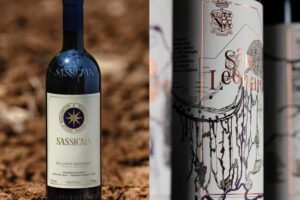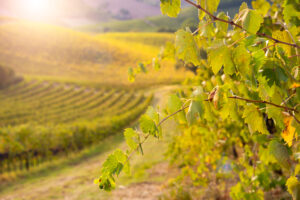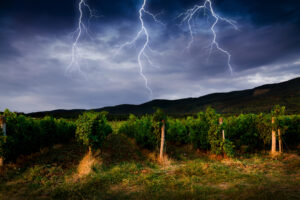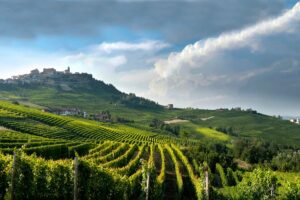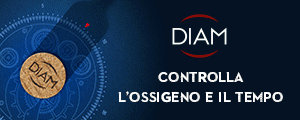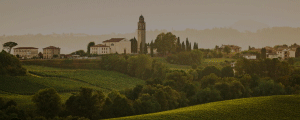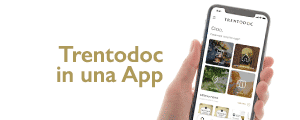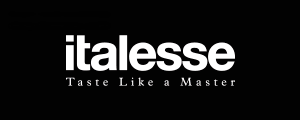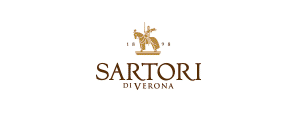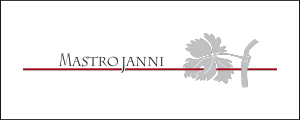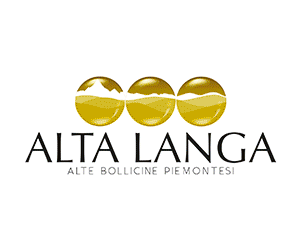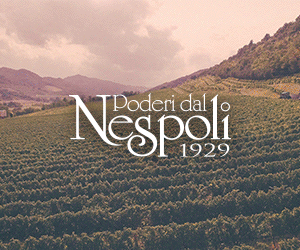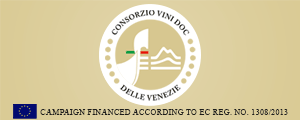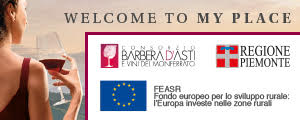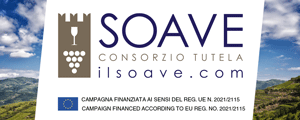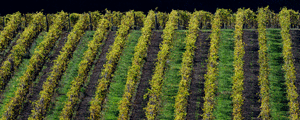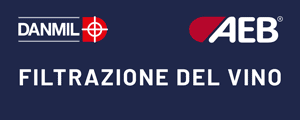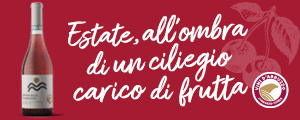The demand for wine is increasing worldwide, but it is shifting to new markets and new consumers. So now the challenge for wineries is to adapt to changing scenarios. This is the trend that emerged from the latest Rabobank Wine Quarterly Report.
The Report reveals that luck will help the daring, or those who trust innovation and are capable of “sniffing out” new trends, such as new market segments, new wine styles, marketing and distribution. The new approach is "consumer-centric", as defined by the Food & Agribusiness Research team of the Dutch financial group, and is the key to winning over new generations of wine lovers and keeping an eye on ever-changing consumer trends.
Adapting to changing scenarios of both markets and consumers worldwide leaves many of the leading wineries with a dilemma: on the one hand, maintaining the past tried and true formulas on "old style" consumers that guarantee successful business and still represent "core business"; while on the other, radically changing their approach to meet and satisfy new consumers and new consumption trends.
We are witnessing an increasingly recurring phenomenon of established wine brands that, in a sense, are diluting the strength of their brands in order to develop new contemporary brands with a fresh image and more in tune with new trends. This phenomenon, which could really change the wine world, divides the old way of selling the nectar of Bacchus, and a whole new way, tailored to future customers. The demand for wine is definitely changing and is leaving its traditional routes; so the world's wine businesses need to take a bolder and more modern approach to conquer a new market share in a scenario that is becoming, especially on the emerging wine markets, increasingly complex, dynamic and attentive especially towards pricing policies.
“One of the most important developments on the wine market today”, explained the Rabobank analyst Elena Saputo. “is the change in the basic consumer, both in terms of geographic location and population. In countries where wine consumption is not a tradition”, continued the analyst, “the so-called "Millennials" (those born between the eighties and 2000, or "Generation Y", ed.) drink more wine than any other previous generation at the same age, while in countries where wine is the tradition, they drink less, but better quality”.
Looking at Europe, the most important geographic area in the world for wine production, wine exports fell in the first four months of 2014 for the leading manufacturers, even though countries such as Spain reported a 17% increase in production in terms of volume. In the Northern Hemisphere, U.S. exports grew 3.2% in volume and 1.9% in value. In the Southern Hemisphere, however, there have been conflicting trends: New Zealand recorded an increase of 25.3%, Chile a drop in volume of 8.9%.
Copyright © 2000/2024
Contatti: info@winenews.it
Seguici anche su Twitter: @WineNewsIt
Seguici anche su Facebook: @winenewsit
Questo articolo è tratto dall'archivio di WineNews - Tutti i diritti riservati - Copyright © 2000/2024














